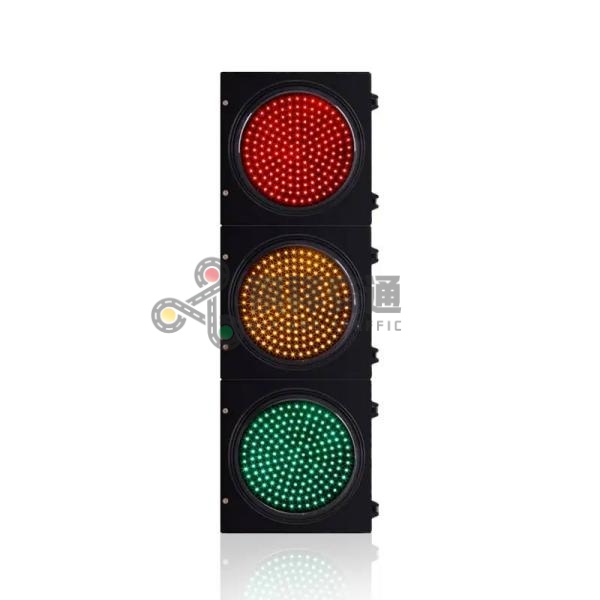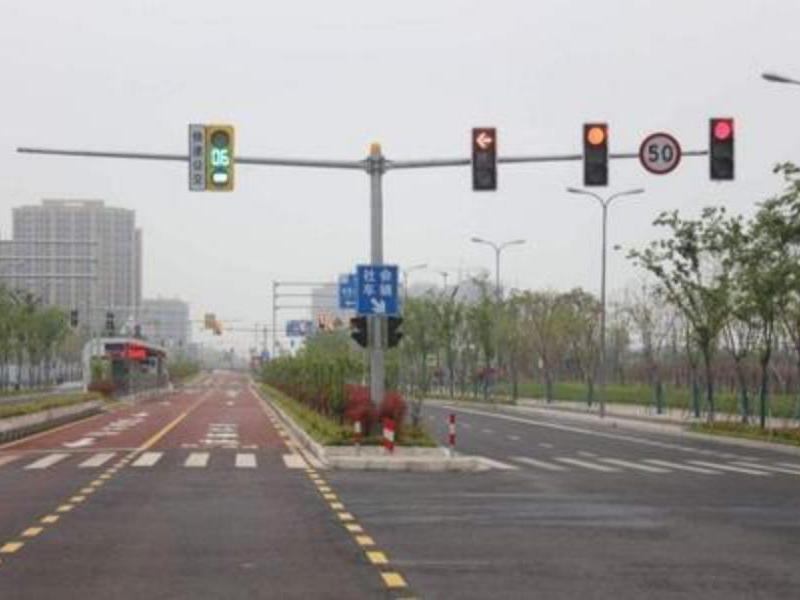When people travel on their way, they have to rely on the guidance of traffic lights to travel safely and orderly. When a traffic light at a certain intersection fails and stops guiding, there will be traffic jams and confusion between vehicles and pedestrians on the road. I believe everyone has experienced this, especially in coastal areas with developed economies and large flow of people and vehicles, traffic jams are the norm. Today, let’s follow the traffic light factory Qixiang to learn about its classification and setting conditions.
 Qixiang is famous for its intelligent production line and has been specializing in the traffic light industry for more than ten years. We have international certifications such as ISO9001 and CE. Whether it is the deployment of signal systems for new roads or the upgrading and transformation of equipment at old intersections, we can undertake it.
Qixiang is famous for its intelligent production line and has been specializing in the traffic light industry for more than ten years. We have international certifications such as ISO9001 and CE. Whether it is the deployment of signal systems for new roads or the upgrading and transformation of equipment at old intersections, we can undertake it.
Traffic lights classification
Traffic lights can be divided into two types according to color:
A. Red, yellow, and green: red, yellow, and green three-color signal lights used to direct vehicles are set in conspicuous places at intersections and are called vehicle traffic control lights.
B. Red and green: red and green signal lights are used to direct pedestrians to cross the road. They are set at both ends of the crosswalk and are called non-motor vehicle signal lights.
When non-motor vehicle drivers cannot clearly see the display status of the signal lights used to guide motor vehicle traffic within 25mm of the stop line at the intersection, non-motor vehicle signal lights should be set.
In special cases, if the conflict between motor vehicles and non-motor vehicles cannot be resolved through traffic organization, non-motor vehicle signal lights should be set.
Conditions for setting signal lights
According to relevant standard documents, the setting of signal lights at urban road intersections should meet one of the following conditions.
A. Intersection type conditions
At intersections where urban road main roads intersect with main roads, at intersections where urban road main roads intersect with secondary roads, and at intersections where secondary roads intersect with secondary roads, signal lights must be set; at intersections where secondary roads intersect with branch roads, and at intersections where branch roads intersect with branch roads, signal lights can be set according to other constraints.
B. Traffic flow conditions at intersections
When the peak hourly flow of motor vehicles at an intersection exceeds the specified value, or when the average hourly flow of motor vehicles at an intersection for any continuous 8 hours exceeds the specified value, a traffic light should be installed.
C. Traffic accident conditions at intersections
For intersections where an average of more than 5 traffic accidents occur per year within 3 years, and the setting of traffic lights can avoid accidents based on the cause of the accidents; or for intersections where an average of more than one fatal traffic accident occurs per year within 3 years, traffic lights must be installed.
D. Road conditions at intersections
When there is an organic non-dividing line and the road width is greater than 15 meters, or where it is difficult for pedestrians to cross the street, traffic lights should be installed.
Whether it is the upgrade of the signal system of urban trunk roads or the intelligent transformation project of county traffic, we look forward to becoming your partner with our precision manufacturing strength. Welcome to contact us, we are online 24 hours a day.
Post time: Jun-24-2025







